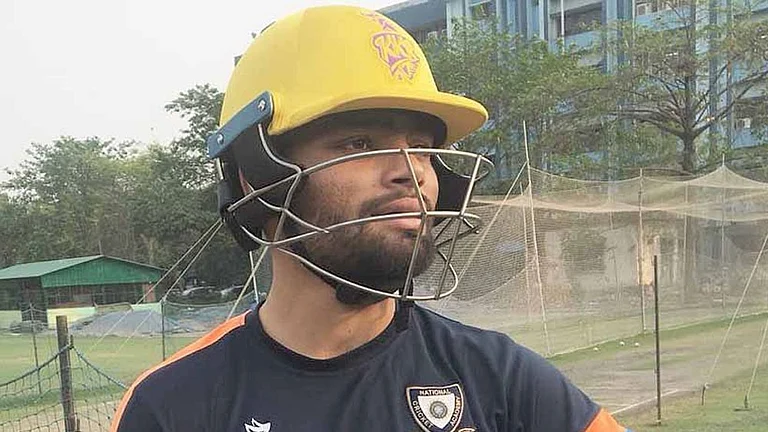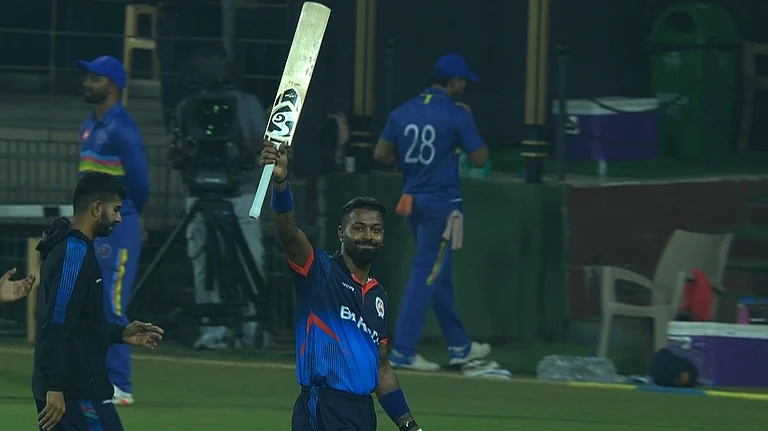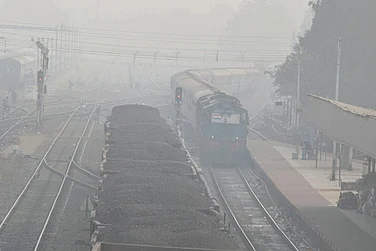The largest temples in India are constructed for the Brahminical deity Shiva. Often, the antiquity of Shiva is traced back to the Vedas. Vedic literature mentions Rudra as a malevolent deity; on the other hand, Shishna devata is referred in derogatory terms.
The Mahabharata mentions the term Rudra-Shiva, through which the Vedic Rudra is understood as Shiva in the puranas. The seal found in the Harappan site generally identified as proto-Shiva or pashupati Shiva, is cited as an example of Shiva worship prevalent in proto-historic times. However, an archaeologist from the Department of Archaeology, Deccan College, Pune, Dr. Shubhangana Atre, in her book Archetypal Mother contests this identification and proves that it is a female figure and not a male one.
In the Buddhist text Chullaniddesa, many non-Buddhist worshipping practices are mentioned where deities such as Vasudeo, Agni, Brahma, Surya are mentioned, among others, but not Shiva. Thus, it is evident that the worship of Shiva and Vishnu were post-Buddhist phenomena in ancient India. We begin to get images associated with Shiva from the second century BC onwards. The Gudimallam Shivalinga is the most famous and ancient example of Shiva worship.
Many Shaivite antiquities belong to the early historical period from Mathura, whereas the south Indian Agamic literature vividly describes Shiva. The puranas were written in praise of Shiva, including erotic aspects, which gets critiqued in 20th century north India. Historically, the pashupatas of the Shaivite sect were at the forefront of organising monastic establishments in competition with Buddhists and Jains.
Another Shaivite sect, the Kapalikas, is mentioned in different terms. The Narada Smriti mentions that “if you touch the Buddhists, Jains, Ajivikas and the Kapalikas, you will have to purify yourself by taking a bath”. Dr. B.R. Ambedkar uses this textual evidence to trace the history of untouchability. It may also be observed that Buddhist deities such as Aparajta and Heruka are shown trampling on Shaivite deities, whereas Shiva is shown trampling on the Buddha in eastern India.
Such visual imagery from eastern India shows a feud between the Buddhists and the Shaivites. Gary Michael Tartakov, in his book Dalit Art and Imagery, draws our attention to the rise of the mandapas (halls) as pivotal to social stratification and cites texts such as Jatininayapuruvakayapravesavidhi and Suprabhedagama that mention temple spaces based on the varna hierarchy.
The 11th-century dramatic text Prabodhchandrodaya mentions Kapalikas and Shaivites very differently. The pashupatas and the tantric worshipers, despite anti-caste religious emancipation, believed that the varna hierarchy remained supreme. Many Tantric texts in India , mostly Shaivite, mention the establishment of the Tantra for the protection of Brahminism and the destruction of Buddhism. Various imagery of Shiva in temple manifestations show how Shiva is established as the most dominating deity.

There have been many places regarded as tirthas (sacred places) in Brahminical literature, and the puranas. Skanda Purana, for example, describes the sacred geography of India and lists many places associated with different deities. Many local tirthas are often visited by shudra communities who worship Shiva though it is propagated as a sacred act by the Brahmins through their puranic literature.
Going to such tirthas are also known as Mahadev yatras and such yatras are commonly found all over India. Shudra communities diligently participate in such yatras, and not necessarily in Varanasi/Kashi. The jyotirlinga shrines are specific and revered in Brahminical religious literature. Dalit and tribal communities were not part of such worshipping practices.
The 19th and 20th centuries opened the gates of Hindu temples to Dalits and tribal communities. The 20th century discovery of tribal craft traditions by urban caste-Hindus made them construct images based on their beliefs that were deliberately associated with Brahminic deities. Thus, there is a marked process of Brahminisation of tribal communities through the agency of craft images. There have been impositions on the identities of Adivasi deities and worshipping practices. Adivasis never took part in the Mahadev yatras. Dalits, too, were not part of the Mahadev yatras. With the anti-untouchability campaign in colonial India, some Dalits were allowed to be part of the Mahadev yatras and became part of Shaivite practices.
On the other hand, shudra communities, predominantly today’s OBCs and agrarian communities, were worshippers of Shiva and diligently followed Shiva temple constructions in a localised manner. It may be observed that public visuality is dominated by the images of Shiva all over India. Shiva is projected as the icon of Hindu dominance in every part of the country. The puranas proposed the idea of Chardham yatras, diligently followed by shudra communities, including the Kanvad yatras in northern India. In the Northeast, Shiva images are established in the public sphere as part of neo-Hindu proselytisation.
Images of Buddha are established in the public sphere by Buddhist followers, whereas the Hindus, through political power, started establishing Shiva images. There are numerous big Shiva images established in the last few centuries. The domination of Shiva worshippers , through political power, established images of Shiva in various public spheres across the country. One of the best examples in this regard is the huge Shiva image in the middle of Sursagar in the city of Vadodara.
The aesthetic canon of such images is that of the well-built, muscular body taken from academic realism in the 20th century. It would be worthwhile to investigate the phenomenon in post-Independence India of chief ministers in many states using endowment grants to build Shiva temples. There is no antique evidence to show that the Scheduled Caste/Tribe communities were part of the Hindu temple culture or devout worshippers of Brahminical deities. Therefore, associating Shiva with Dalit and Adivasi communities is tendentious.
Brahminical religious polity in late 19th and 20th centuries in India also made the author of the Ramayana untouchable. In contrast, the author, Valmiki, in the Ramayana, refers to himself as the son of a Brahmin. The epithet of shamshanvasi (the one who resides in a crematorium) for Shiva is often cited as an example of Shiva’s shudra or Dalit origin.
However, such a wild conclusion is part of the process of the politics of Brahminisation/Sanskritisation. Many Hindu crematoria, even in villages, are not open to Dalit and Adivasi communities. Dalit and Adivasi communities neither practised shamanism, nor were they involved in human sacrifice as part of their religious belief systems. In colonial India, the British banned human sacrifice. Dalit and Adivasi communities usually live outside the village. They neither have any special spaces of worship nor are they part of Hindu temples. Hence the idea of Shiva as their god is a misnomer.
(This appeared in the print edition as "Not A Dalit God")
(Views expressed are personal)
Y. S. Alone the Writer is Professor, School of Arts and Aesthetics, Jawaharlal Nehru University, Delhi.



























